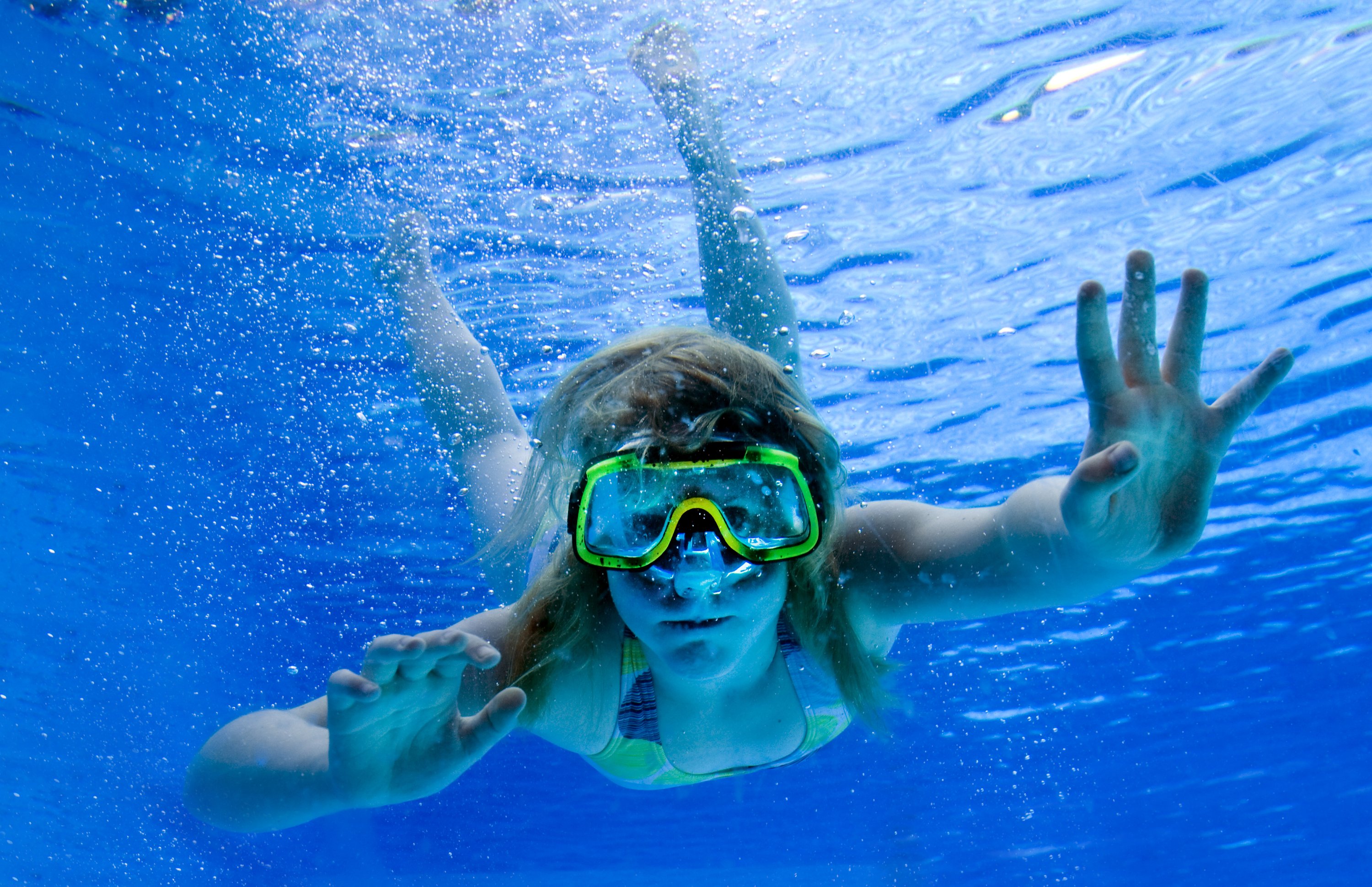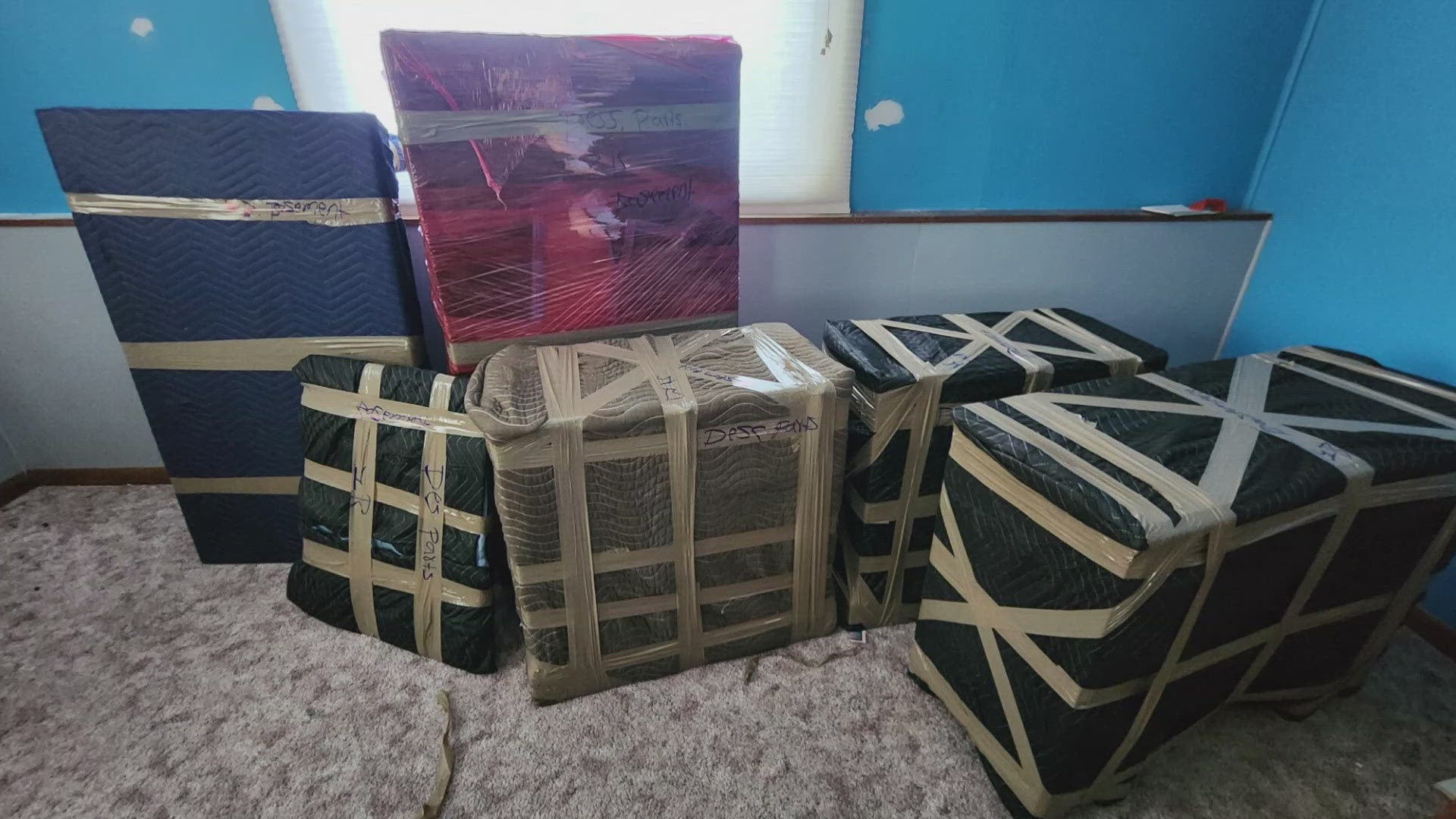![114118819[ID=9607939] ID=9607939](http://www.gannett-cdn.com/-mm-/bda2a8f8cd09e7f5c124efee56cb35602b23d71a/c=210-0-2790-1938&r=115x86/local/-/media/KUSA/KUSA/2014/05/26//1401141906000-114118819.jpg) KUSA - As kids across Colorado hit the water this summer, doctors want to warn parents about a rare but deadly phenomenon called secondary drowning.
KUSA - As kids across Colorado hit the water this summer, doctors want to warn parents about a rare but deadly phenomenon called secondary drowning.
Jen Morris, a director with SafeSplash Swim School in Lone Tree says more and more parents are asking questions about secondary drowning.
"We have some parents asking about that and just concerns and what they can do to prevent it," she said.
Dr. David Markenson with Skyridge Medical says secondary drowning happens when water is inhaled into the lungs. Experts say it happens quite often in the water, especially if there is splashing or horseplay involved.
"Right after the injury they look fine so they come out and they look fine," Dr. Markenson explains, "but hours later, the water can act as an irritant in their lungs and they can have trouble breathing."
Dr. Markenson says the consequences can be deadly - especially for children. He adds that parents should be on alert for symptoms like these:
- Fast and heavy breathing
- Changes to face color
- Extreme fatigue
- Mood changes
Experts say secondary drowning can happen anywhere but doctors say pool water is more dangerous because of the chemicals. Adding to the danger, by the time parents notice a child is in trouble - it is likely too late.
According to the Centers for Disease Control and Prevention, about 10 to 15 percent of drowning deaths were a result of secondary, or dry drowning from 2005-2010.
The USA Swimming Foundation offers free or discounted swimming lessons and water-safety education in all 50 states through its 600 local partner programs. Only 13 percent of children who come from a non-swimming household will ever learn to swim, according to a national research study by the USA Swimming Foundation and the University of Memphis. Also, 70 percent of African-American children, 60 percent of Hispanic/Latino children and 40 percent of Caucasian children have little to no swimming abilities.
To find out more about the USA Swimming Foundation's mission or to make a donation, visit: http://bit.ly/1kSPdnR.
(KUSA-TV © 2014 Multimedia Holdings Corporation)


